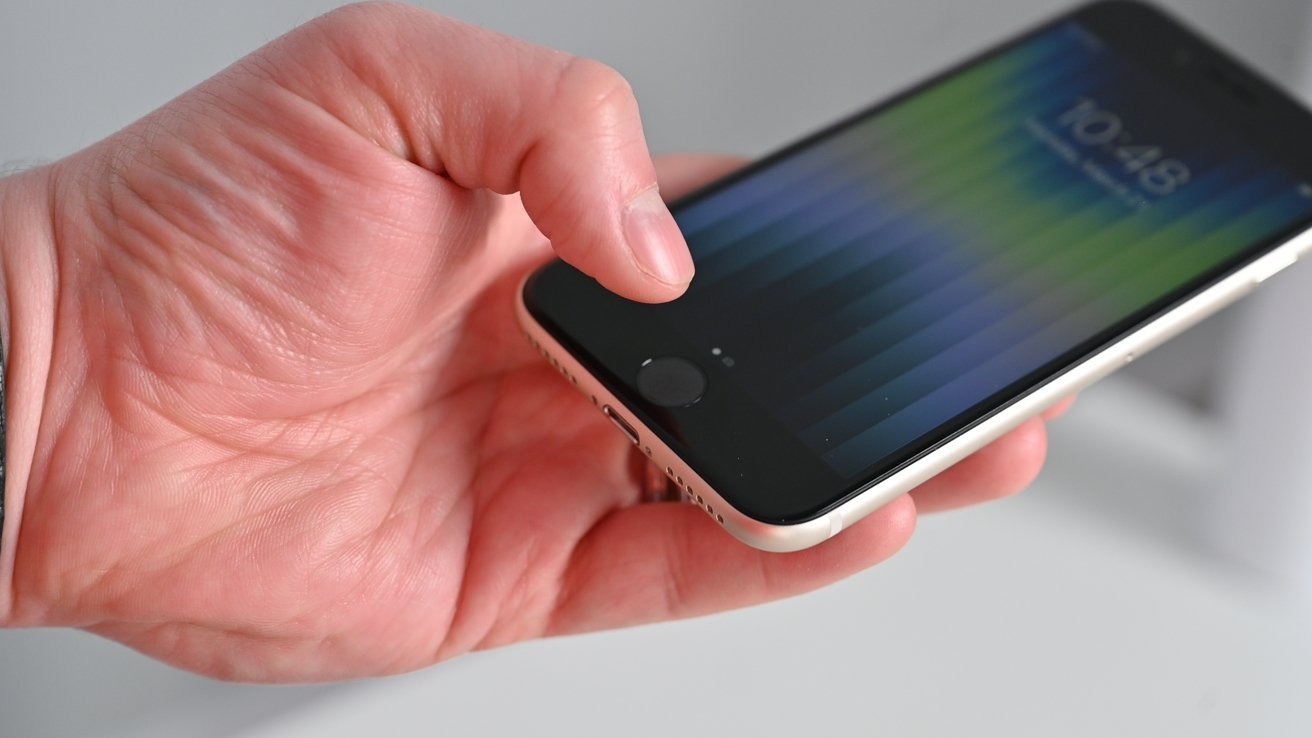With the introduction of the iPhone 16e, Apple has officially ended the nearly two-decade run of the Home Button.
On Wednesday, Apple announced the iPhone 16e. Designed to replace the budget-friendly iPhone SE, it offers a lower price point for new and returning iPhone owners — or anyone who isn’t looking to drop $800 on a mainline release.
All three generations of the iPhone SE featured a home button. However, we had already expected that the newest budget model would move to Face ID.
The iPhone SE was the last bastion for those not yet ready to move to Face ID. Unfortunately, Apple has stopped selling the iPhone SE, officially marking the death of the Home Button.
The iPad ceased to have a home button in May of 2024 when Apple quietly stopped selling the ninth-generation 10.2-inch iPad. It was the last of Apple’s tablets with the Home Button — and the last to boast a Lighting port and a headphone jack.
Its replacement, the tenth-generation iPad, moved its Touch ID sensor to the top button, much like the fourth-generation iPad Air. It also replaced its Lightning port with a USB-C.
In fact, the introduction of the iPhone 16e also means that you cannot purchase any new Apple products that feature a Lightning port. This is hardly surprising, as Apple has moved to the universal charging standard at the behest of the European Union.
The Home Button was first introduced in 2007, making its debut on the first iPhone. It appeared on every flagship iPhone model up through the iPhone 8. It also appeared on all three generations of iPhone SE models, as well as all seven generations of the iPod Touch.
While it departed the iPad Pro earlier, it was on every entry-level iPad through the ninth-generation model in 2021.
The Home Button became the designated home for Apple’s first biometric security feature, Touch ID, in 2013 with the introduction of the iPhone 5s.
While the Home Button may be gone, it’s certainly not forgotten. And Touch ID, for now, seems like it will hang on as part of Apple’s iPad lineup.





